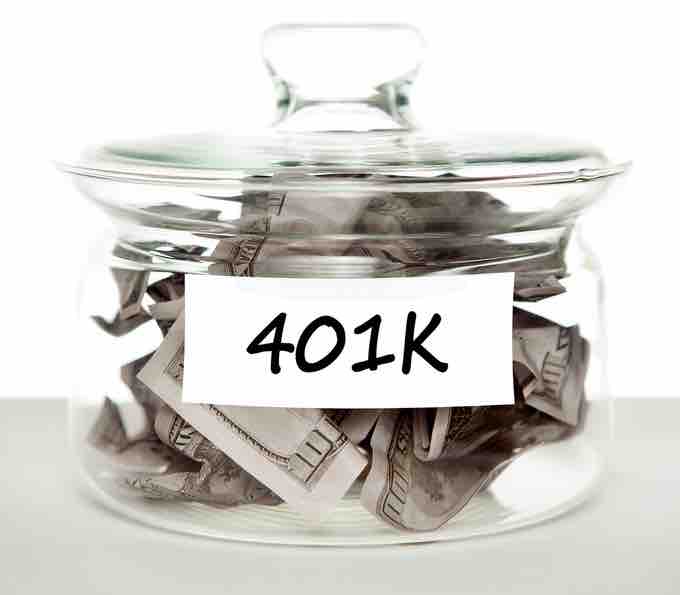Components of a Pension Plan
A pension is a contract for a fixed sum to be paid regularly to a person, typically following retirement from service.
Types of Pension Plans
While there are various pension plans in use today, the two most common are the defined benefit and the defined contribution plan.
With a defined benefit plan, an employee knows the terms of the benefit to be received upon retirement. So, the company must invest in a fund in order to meet its obligations to the employee. In this type of plan the company bears the investment risk.
In a defined contribution plan (such as a 401k), while the company makes contributions or matching contributions, it does not promise the future benefit to the employee. In such a plan, the employee bears the investment risk.

A 401k is a defined contribution plan
In a defined contribution plan the employees bear all the risk.
Pension Plan Accounting
Due to the nature of pension plans, accounting for them is rather complicated. The first complication is that pension benefits are payable to retirees in the far future, so it is hard to estimate the amount of future payments.
The second complication comes from the application of accrual accounting. Since, the actual cash flows are not counted each year; this means the annual pension expense is based on rules that attempt to capture changing assumptions about the future.
The last complication comes from the rules that require companies to prevent over/under stating the pension funds. This smoothing out of the account disguises the true position of the plan.
The employer (sponsor) reports pension expense on the income statement, and a pension liability which is the sum of two accounts, accrued/prepaid pension cost and additional liability, and an intangible asset-deferred pension cost (if required).
The employer is also required to maintain memo accounts for unrecognized prior service costs and unrecognized gains and losses.
How a Pension Plan Is Presented in the Financials
In addition to reporting the pension expense on the income statement companies should disclose the following information about the pension plan:
- Plan description (including benefit formula, employee groups covered, funding policy. and types of assets held)
- The amounts for the components of pension expense for the period
- A reconciliation schedule relating the funding status of the plan